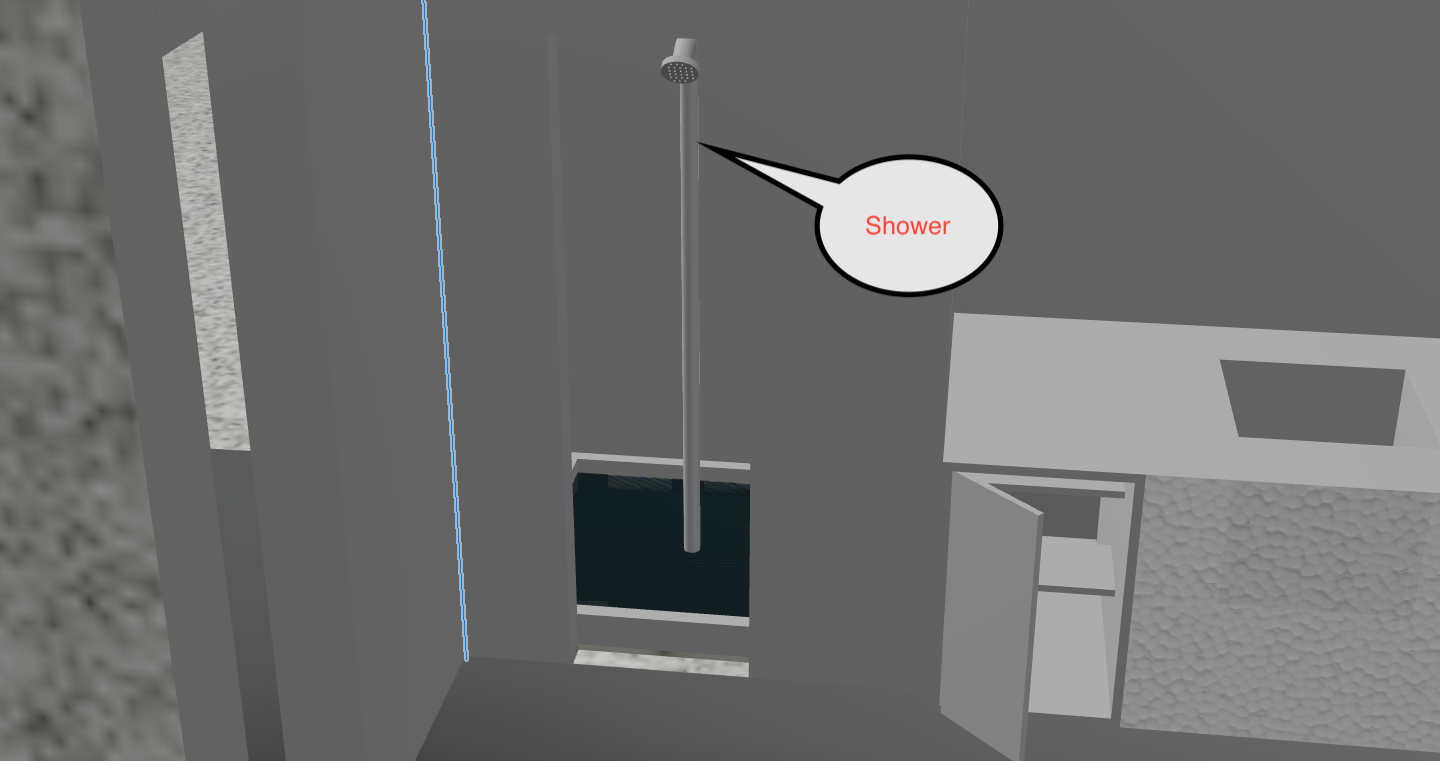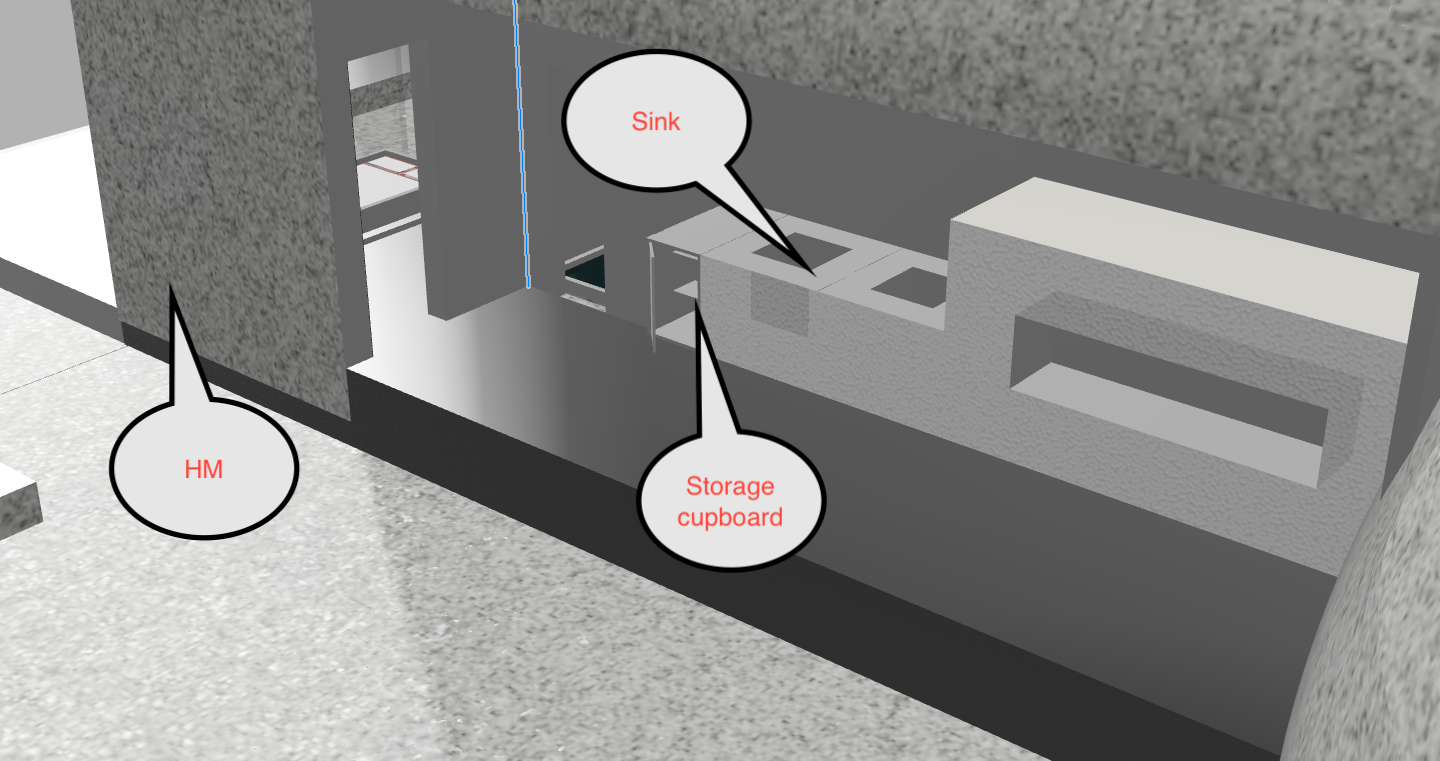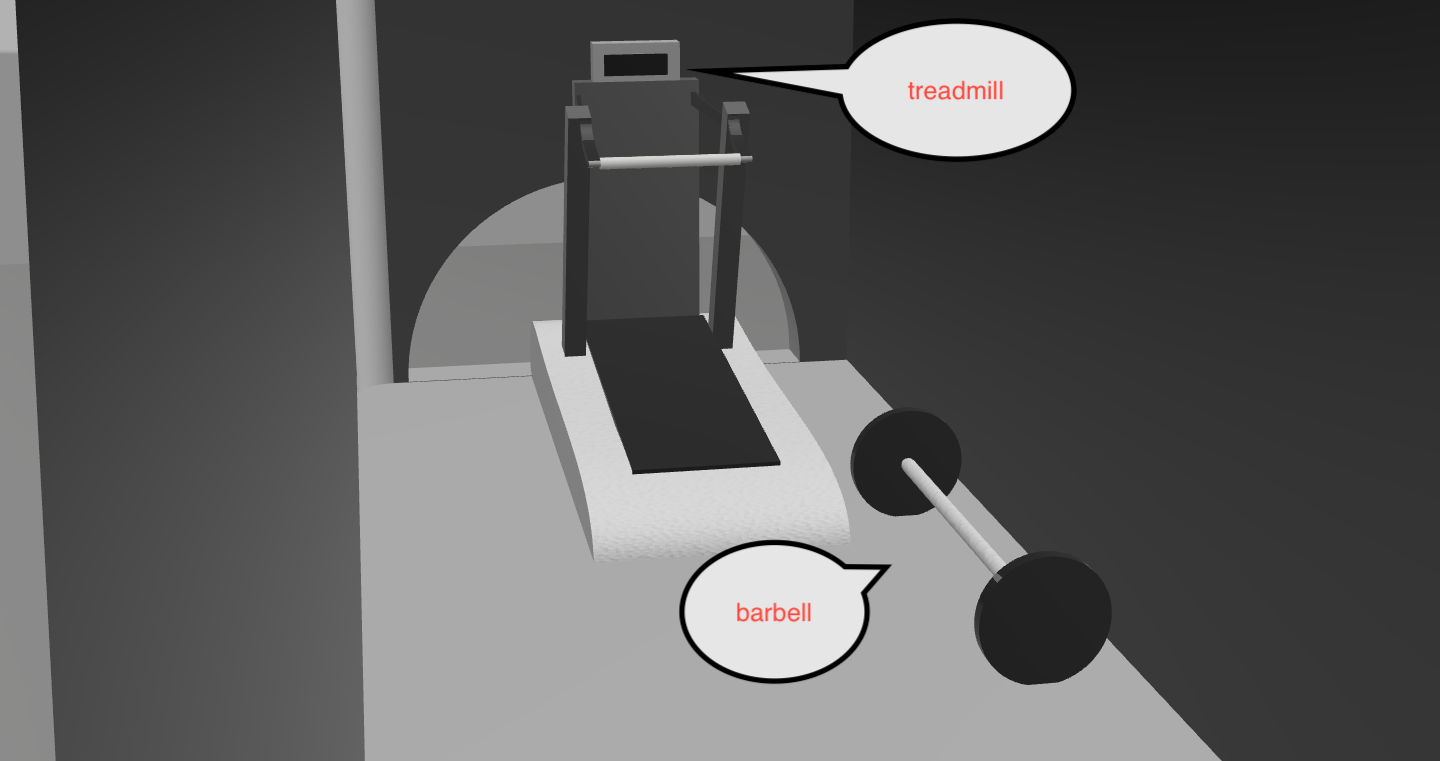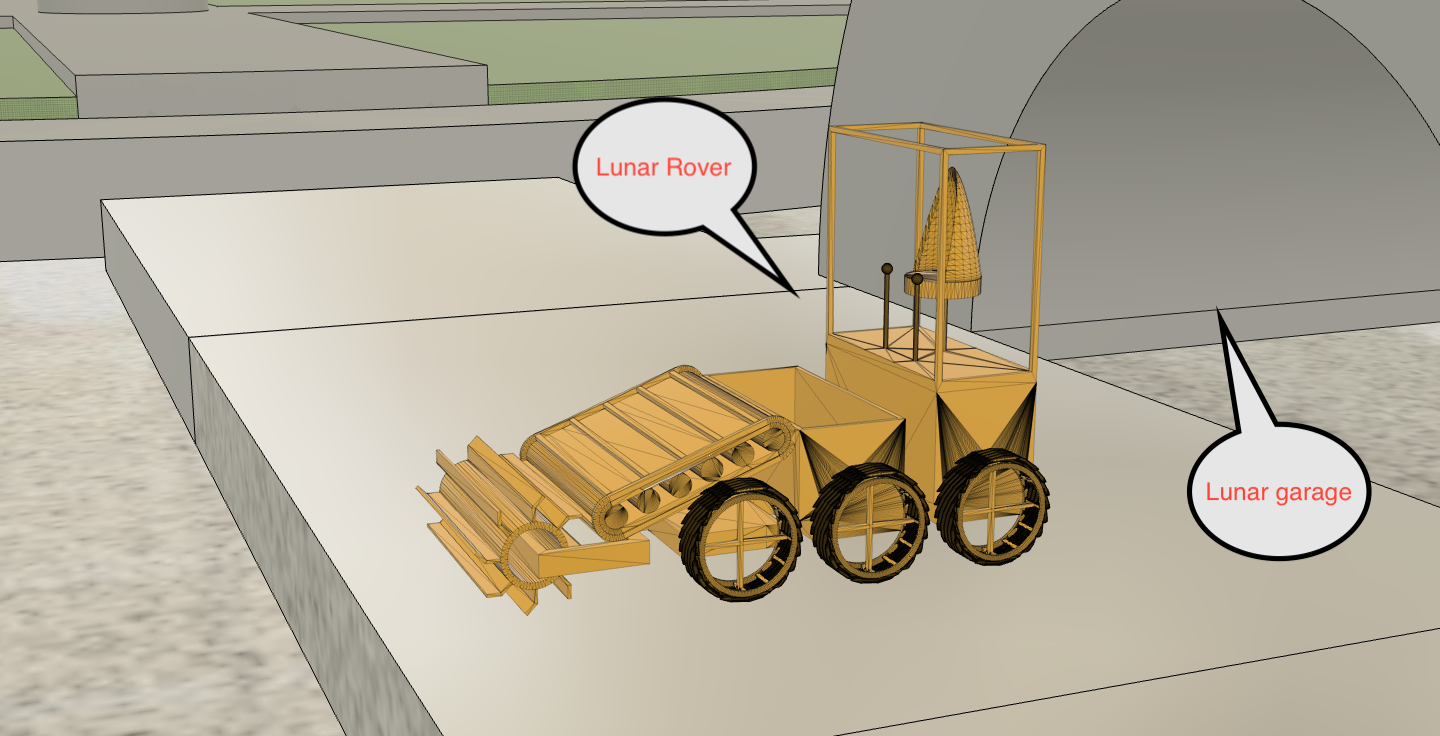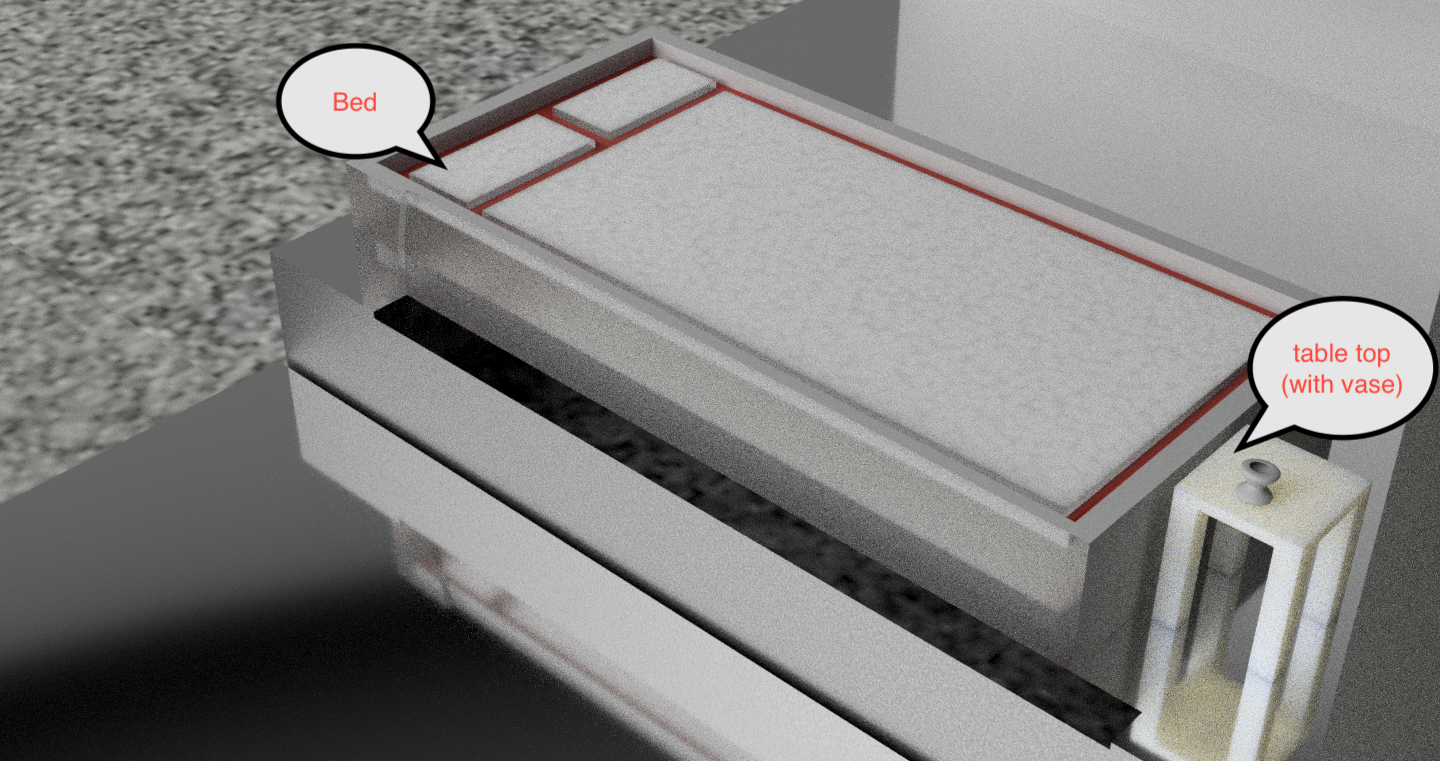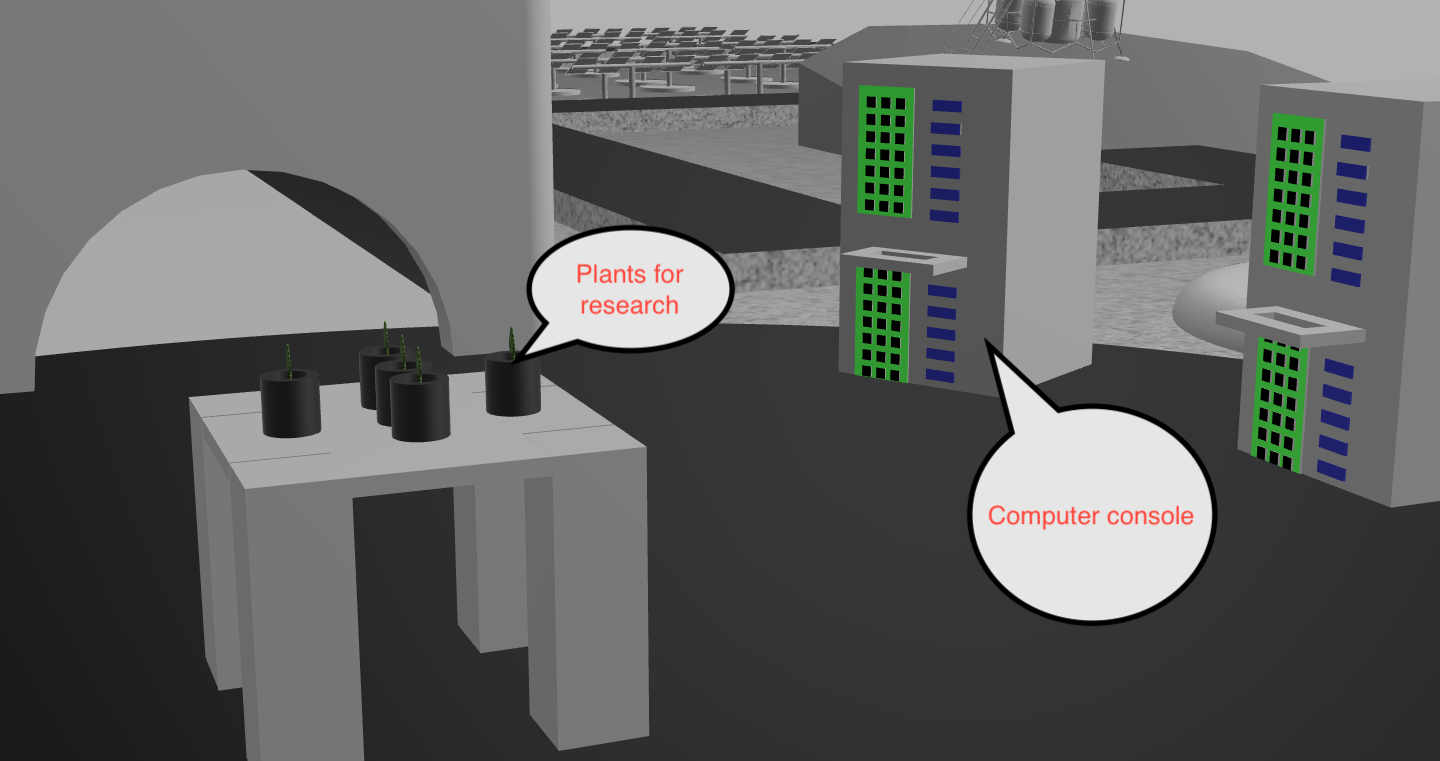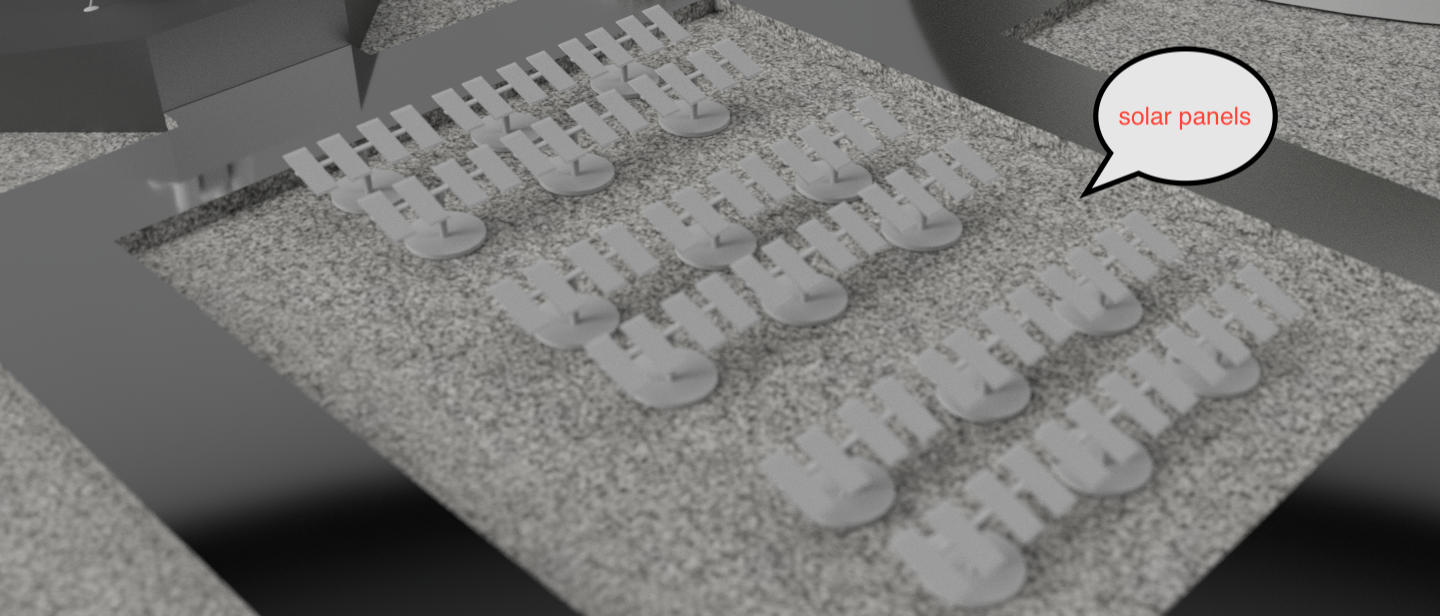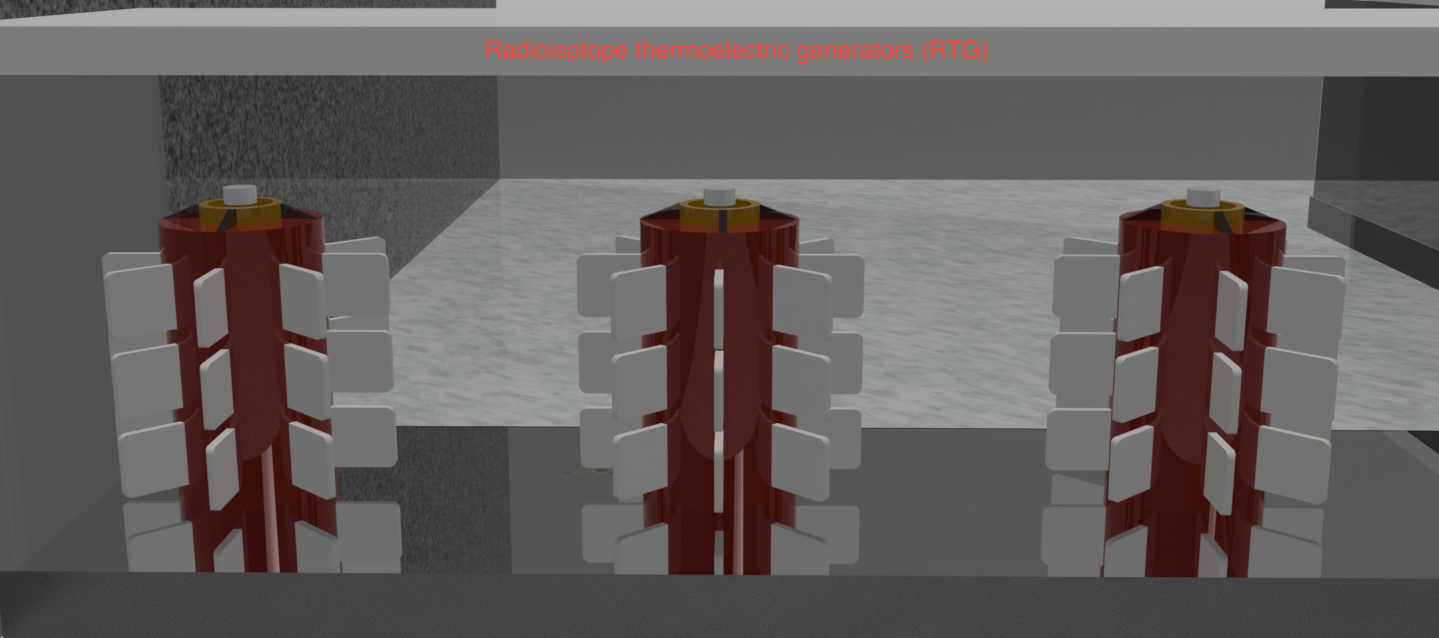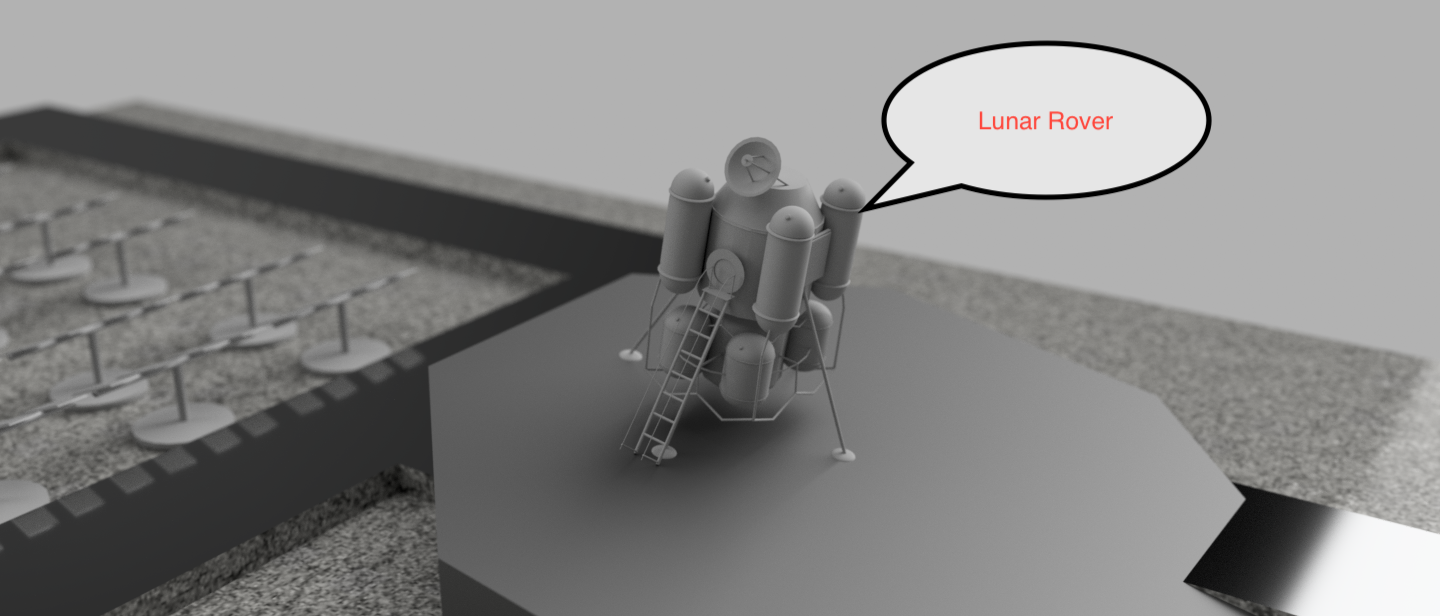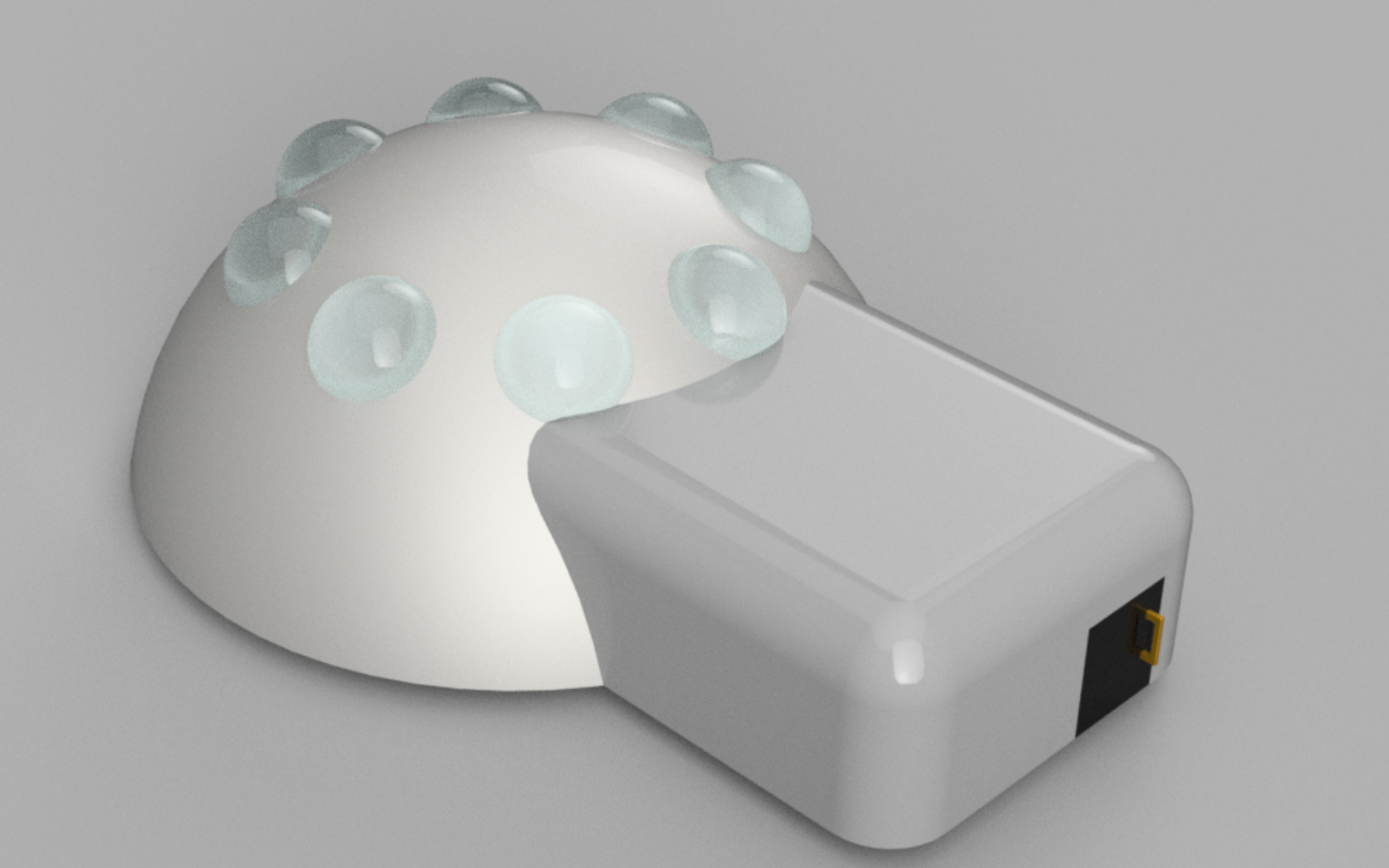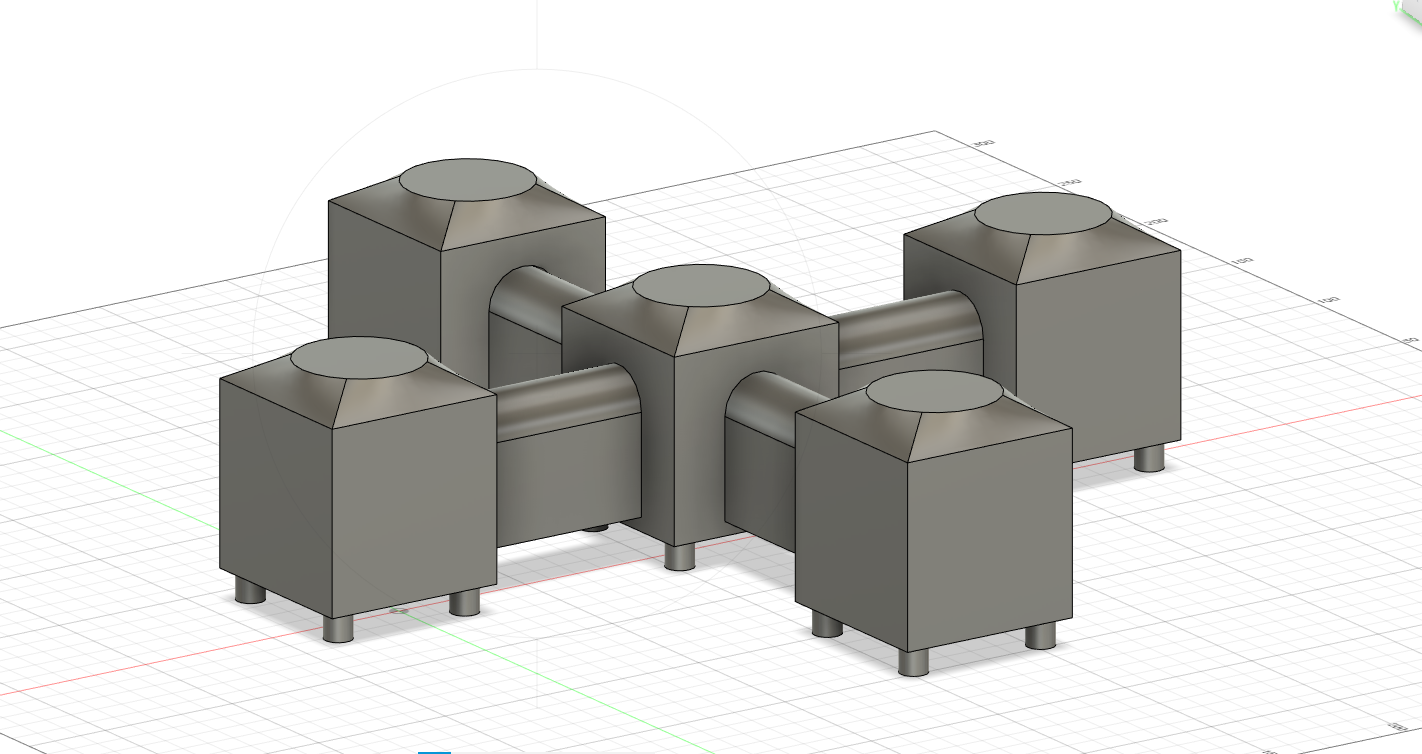Moon Camp Pioneers Gallery 2021-2022
In Moon Camp Pioneers each team’s mission is to 3D design a complete Moon Camp using Fusion 360. They also have to explain how they will use local resources, protect astronauts from the dangerous of space and describe the living and working facilities.
Team: LunarX
The Kingston Academy Kingston upon Thames United Kingdom 15, 17 4 / 0
External viewer for 3d project
|
Project description
Our Moon Camp Project has a major scientific focus on utilising resources on the Moon to sustain human presence, alongside conducting two main experiments into 1.) plant growth in low g environment and 2.)investigating mechanical properties of lunar regolith. Our base has the capability of further development to house sustainable residential and tourism settlements.
Construction of our base is achieved through ISRU, using lunar regolith to shield astronauts from incident solar radiation as well as providing structural reinforcement. The base design is produced via 3D printing, conducted by a small fleet of robots prior to human arrival. ISRU is used as it is more economically efficient than transporting materials from the Earth to the Moon. This can then serve as a gateway for further lunar exploration. Our Moon Camp is comprised of two sections, one of which is a surface level station that houses control module, (CM), vehicle storage module (VSM) and habitation modules(HM). The second section, located 15 metres underground, is where our RTGs are stored, for backup power during periods of darkness in the lunar cycle, as well as additional food supplies and one of our experiments.
Our mission is comprised of cycles, with each new cycle brining four additional crew members on base. For experiment 1, regolith is transported to our lunar regolith processing units (LRPU), where its suitability as a source of fuel, oxygen, water, electrical conduction and nutrients for plant growth is analysed. Then the water ice is split into oxygen and hydrogen with methane and carbon dioxide as waste products. For experiment 2, we want to investigate the effects of low gravity and oxygen concentration on plant growth; this research will have carry over benefits to future long term missions to the Moon and mars where astronauts will need to self-sufficiently produce food. |
|||
|
2.1 Where do you want to build your Moon Camp?
We have decided to locate our moon camp base at the rims of the Peary crater near the lunar North Pole. Due to the Moon’s small axial tilt, this location can receive sunlight for nearly an entire lunar day making it ideal for solar energy generation. In addition to this temperature variation near the rim is smaller and reduces the costs for the construction of our base. In contrast to the rims, the depths of the crater have low temperatures and little sunlight exposure, however they contain vast amounts of water ice that can be melted for water to drink or be electrolysed for hydrogen and oxygen. Both elements are useful as a propellant for our rockets, whilst oxygen in particular is essential to sustain human lives and activities in the moon base. The proximity of these resources help to reduce their transportation costs and allows for greater time spent conducting research. 2.2 How do you plan to build your Moon Camp? Describe the techniques, materials and your design choices.
The construction of our base will occur in two stages. The first stage will be to dig the foundations for our underground modules (UGM), conducted using a 3D printing process and excavation led by a small fleet of autonomous robots. These modules house our backup RTG’s and exercise rooms; the RTG’s will provide initial power to facilitate further construction of the habitation modules (HM). This will help minimise disruptions to the mission as astronauts can move directly from the orbital communication module (OCM) to (HM). However, whilst construction of the overall structure is being finalised, astronauts will arrive at the base to complete it’s construction. Installation of communication services with Earth, alongside apparatus for scientific experiments will be a priority for the astronauts. Resources will be transported using rockets and a relay system before and during the period of construction. After extraction of helium 3 and rare metals, the moon base can establish a trade network to generate income, making the base economically independent. We will attempt to prioritise the use of local materials that have appropriate properties to reduce cost. For example, the foundation of the bases can be constructed from lunar regolith. By mixing it with water, this sulphur concrete has a higher tensile strength and young’s modulus than cement concrete, making our base even more sturdy. Furthermore, the layout of our base is compact, sacrificing aesthetics for functionality, reflected in our choice of a dome shape which offers greater strength, speed of construction and architectural efficiency. 2.3 The environment on the Moon is very dangerous for the astronauts. Explain how your Moon Camp will protect them. (maximum 150 words)
The Moon Camp will be constructed primarily using concrete made from lunar regolith, with specific components (e.g blast doors or elevator shafts) using aluminium. Aluminium is a great material for construction due to its high Young modulus and compressional strength, as well as being lightweight. The majority of our base is constructed from lunar as it is highly versatile and can used in multiple areas of the project to help protect our astronauts: 1.) Coating to protect camp from solar radiation 2.) impact protection from meteorites 3.) structural reinforcement for base (using AI 3D printing method patented by Space Factory via NASA funding) Moreover, sensitive equipment like heart rate monitors and RTG’s are located in UGM to prevent the detrimental effects on any radiation on sensitive equipment like heart rate monitors and RTG’s. To further minimise health risks to our astronauts, localised magnetic fields (LMF) produced via torus’ will surround the base. The flow of supersonic plasma in the torus will create magnetic coils that create a magnetic bubble around HM and CM, deflecting potentially dangerous ionised particles. |
|||
|
2.4 Explain how your Moon Camp will provide the astronauts with:
|
Water
|
Food
|
Power
|
Air
|
|
Water is a fundamental resource both for the survival of our astronauts but also for research into extracting oxygen and hydrogen for fuel via electrolysis. As our base will serve as a springboard for further missions to Mars in line with long term NASA and ESA goals, the acquisition and production of water by reverse-electrolysis will be paramount for sustained planetary exploration. Regions (like the location of our base) with an abundance of ice present in the lunar regolith or surface are ideal for extraction of water. Ice can melted and treated to become potable. There will also be a recycling system integrated with the base to make the life support on the base as closed a cycle as possible; enabling for reduced waste of vital water and oxygen. Water also serves a key role in preserving plantlife in our greenhouse that functions as a source of food for astronauts and an enrichment activity to improve mental health. |
Initially, this needs to be exported from the Earth during the construction periods. There will be further missions to transport food from the Earth to the moon. All food will be stored in UGM, and can be delivered to HM and CM using our elevator. In line with one of our mission goals to form a self sufficient base on the moon, food will eventually be grown on the Moon in our greenhouse to increase independence of the moon base and reduce the high costs of long distance transportation. The variety of food the astronauts can enjoy will range from salads to meat and fish dishes, with the majority of perishables pre-packaged to prolong its consumption life. investigating how plants, fruits and vegetables grow in response to a low g environment will also be of interest. |
This will come from a range of sources. A significant proportion of energy will come from the Sun using monocrystalline solar panels as the locations of the solar farm will have near constant sunlight. Thermionic flywheels will serve as a supplement by exploiting the temperature variation on the Moon. Furthermore, there are potentials for piezoelectric materials to be covered on the moon base infrastructure, as well as the roadway that will be run over by LR on a regular basis, to convert mechanical stress from the impact force with the particulates to electric current, whilst serving as an extra layer of protection. RTG’s provide backup power in case of emergency or during peak demand. Estimates of typical power requirements range from 100kwh to 10MWh depending on the long term size and demands of the base, so having as diverse an energy source as possible is vital for sustained presence on the moon. |
Initially, oxygen will be transported from the Earth to the Moon via transport vehicles that connect with OCM, then our lunar lander will supply this to the base. The ice from lunar surface can be melted and electrolysed to produce oxygen, supplementing this external supply. We will also explore the potentials to use cyanobacteria cultured in the greenhouse, alongside synthetic microbes based on recent research, to photosynthese, hence recycling the carbon dioxide released by aerobic respiration of the astronauts and producing more oxygen. To even further augment this we are considering the use of an upscaled version of NASA’s MOXIE that can produce breathable air from the electrolysis of carbon dioxide. Any excess air will be kept in storage for EVA’s or emergencies. The two aforementioned techniques using microbes and MOXIE (upscaled) will eventually allow for a base that does not rely on resupply of oxygen from Earth. To limit loss of air to surroundings, air tight blast doors made of aluminium are featured in HM and CM. |
|
2.5 Explain what would be the main purpose of your Moon Camp.
The overall purpose of the Moon Camp is to establish an habitable area for the astronauts to perform scientific investigations including the effects of lunar gravity and conditions on human anatomy, and material properties of lunar regolith, particularly as a construction material and potential conductor of electricity. This can then be developed into a larger habitation area for future generations and potentially provide economic benefits from tourists from the Earth who can visit the moon base. Furthermore we envision our base as a stepping stone for future missions to Mars and beyond by taking advantage of the lower launch costs from the Moon, alongside a shorter average travel time with greater flexibility of launch windows. To summarise, our base will:
|
|||
|
3.1 Describe a day on the Moon for your Moon Camp astronaut crew.
The astronauts will wake at 6 o’clock in the morning and will carry out routine duties. Breakfast, alongside the rest of their meals, will be provided using food grown in the base as well as provisions transported from the Earth. In the morning, our group of four astronauts will be split into two groups and do experiments. Group 1 will bring back lunar regolith from EVA and conduct experiments to test their properties such as their tensile strength and whether they can be used for protection against radiation or to conduct electricity. Group 2 will be working in the greenhouse to oversee the culturing of synthetic and artificial microbes and the growth of plants. This will include the investigation on the supplies of edible food, the optimum conditions to grow crops and plants and the use of lunar materials to help such. The two groups will do the experiments in rotations as this will allow all of them to have a thorough understanding of the operation of the entire base. The results will be recorded for the analysis sessions in the afternoon.
Both groups will come back to base for lunch. During lunch time, they will have a video call with Earth ground control. In this particular video call, they will postpone the resupply of oxygen and food as the base has finally managed to self-sufficiently produce food via the greenhouse. After lunch, the astronauts will maintain physical fitness through resistance training and running on a treadmill. Measurements of their health conditions such as heart rate, lung capacity and blood pressure are taken as part of their second experiment to evaluate long term effects of low g environments on human anatomy. They anticipate results to show deterioration in bone composition over time, along with muscular atrophy; this data can then be used in designing missions for further lunar missions that minimise such adverse health effects, like artificially induced gravity via centrifuge habitats. After lunch, the astronauts analyse the results from the lunar regolith experiment, noting the electrical conductivity and thermal heat expansion; this data is then transmitted to Earth ground control for further analysis. After this, the astronauts engage in team building activities in CM to maintain good communication and collaboration skills;It is important to keep a good relationship within the crew during extended mission periods like this one. After dinner, they converse with loved ones on Earth. To maintain good mental health, it is crucial that they are able to deal with homesickness whilst being on the long-period mission. |
|||


